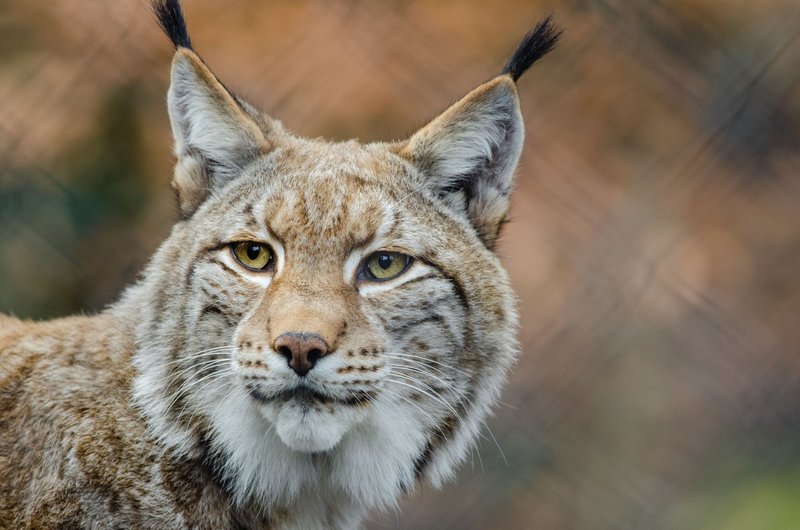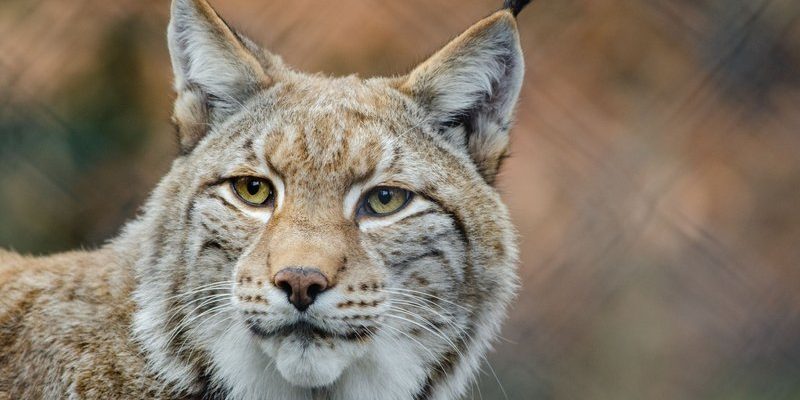
In this article, we’ll explore the conservation status of lynxes around the globe, looking at different species, their habitats, and the challenges they face. Think of it like peering through a pair of binoculars, focusing on the details of their lives and the steps being taken to protect them. With our world changing rapidly, understanding the plight of the lynx can shed light on broader environmental issues affecting many species.
Understanding Lynx Species and Their Habitats
The lynx is a fascinating group of medium-sized wild cats, comprising four main species: the Eurasian lynx, Canada lynx, Iberian lynx, and bobcat. Each species has unique characteristics and habitats, but they all share a love for dense forests and cold climates.
– The Eurasian lynx is the largest of the bunch, found across Europe and Asia. It thrives in a variety of habitats, from snowy mountains to temperate forests.
– Canada lynx prefers the boreal forests of Canada and the northern United States. Its long legs and large paws are perfect for navigating deep snow.
– The Iberian lynx, native to Spain and Portugal, is the most endangered of the species, struggling with habitat loss and declining prey.
– Lastly, the bobcat, common across North America, is adaptable and can be found in various environments—from deserts to forests.
Understanding these different types helps underline the unique challenges they face and the importance of their conservation in the wild.
Current Conservation Status of Each Lynx Species
So, where do these magnificent cats stand in terms of population? Conservation statuses can vary greatly from one species to another.
– The Eurasian lynx is generally classified as “Least Concern” due to stable populations across its range. However, habitat fragmentation and hunting remain concerns in some areas.
– The Canada lynx is considered “Threatened” in the U.S., mainly because of habitat loss from logging and climate change affecting snow cover.
– The Iberian lynx is listed as “Critically Endangered.” With estimates of fewer than 400 individuals left in the wild, this species has become a symbol of conservation efforts in Europe.
– The bobcat enjoys a stable population and is not currently considered endangered. However, continued urban expansion poses potential threats.
These distinctions matter because they highlight the varying levels of urgency in conservation actions.
Key Threats Facing the Lynx
Lynxes face several threats that jeopardize their survival. Let’s explore some of the most significant ones, often intertwined with human activities.
– Habitat Loss: As humans expand into forests for agriculture, urban development, and logging, lynx habitats are shrinking. This makes it harder for them to find food and mates.
– Climate Change: For species like the Canada lynx, the loss of snow cover due to rising temperatures directly impacts their ability to hunt. Lynxes rely on snow to track prey, like snowshoe hares.
– Poaching and Hunting: Although legal protections exist, poaching still poses a threat, especially to the Iberian lynx. Illegal trapping and hunting for fur can seriously impact their populations.
– Prey Depletion: Lynxes primarily hunt small mammals. If their prey, like rabbits and hares, decline in numbers, it creates a ripple effect on their survival.
Understanding these threats helps emphasize the urgent need for protective measures.
Conservation Efforts and Success Stories
Many organizations and governments are actively working to conserve lynx populations and their habitats. Here are some notable efforts:
– Protected Areas: Establishing wildlife reserves and national parks is crucial. These areas provide safe havens where lynxes can thrive without human interference.
– Reintroduction Programs: The Iberian lynx has seen successful reintroduction programs. Conservationists have worked hard to increase their population, breeding them in captivity and releasing individuals into the wild.
– Research and Monitoring: Tracking lynx populations through GPS collars helps scientists understand their movements and behaviors, which can inform conservation strategies.
– Community Engagement: Involving local communities in conservation efforts has proven effective. Educational programs raise awareness about the importance of lynxes and their role in the ecosystem.
These efforts illustrate how collaboration can create hope for the future of these beautiful cats.
The Importance of Lynx in the Ecosystem
You might be wondering why we should care about lynx. Well, they play a vital role in their ecosystems. As top predators, lynxes help regulate prey populations, which in turn influences plant diversity and overall ecosystem health.
When they hunt, lynxes ensure that no single species, like rabbits, becomes overpopulated, which can lead to overgrazing. This balance keeps the forest ecosystem thriving, maintaining healthy habitats for other wildlife.
Moreover, the presence of lynxes can indicate a healthy environment. If they’re doing well, it often means their habitat is in good shape. So, conserving lynxes is not just about saving one species but protecting an entire ecosystem that supports countless forms of life.
How You Can Help Lynx Conservation
Feeling inspired to contribute to lynx conservation? Here are some simple ways you can make a difference:
– Support Conservation Organizations: Donating to organizations working on lynx preservation can directly impact their survival.
– Advocate for Wildlife Protection: Reach out to your local representatives to voice support for policies that protect wildlife and their habitats.
– Spread Awareness: Share what you’ve learned about lynxes with friends and family. The more people know, the stronger the collective voice for conservation becomes.
– Practice Responsible Recreation: If you enjoy outdoor activities, stay on designated trails to minimize disturbance to wildlife habitats.
Your actions can contribute to the broader effort of saving these incredible animals for future generations.
The fate of the lynx lies in our hands. As we’ve explored, these stunning creatures face significant challenges, but with dedicated conservation efforts and public support, there’s hope. By understanding their importance and the threats they encounter, we can all play a role in their survival.
Let’s work together to ensure that future generations will enjoy the sight of a lynx roaming freely in the wild. After all, the health of our planet’s wildlife reflects our own well-being. So, by protecting lynxes, we are also protecting ourselves and the ecosystems we all rely on.

